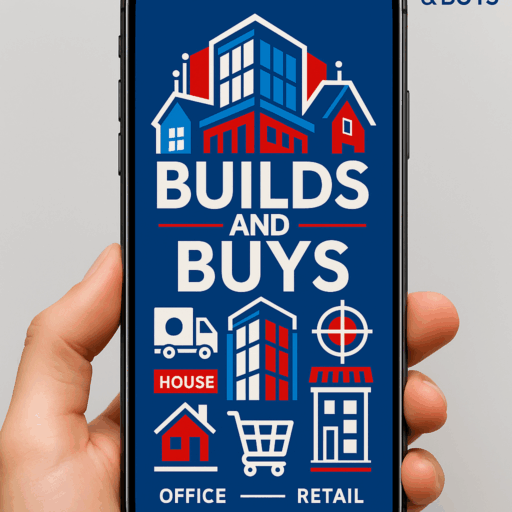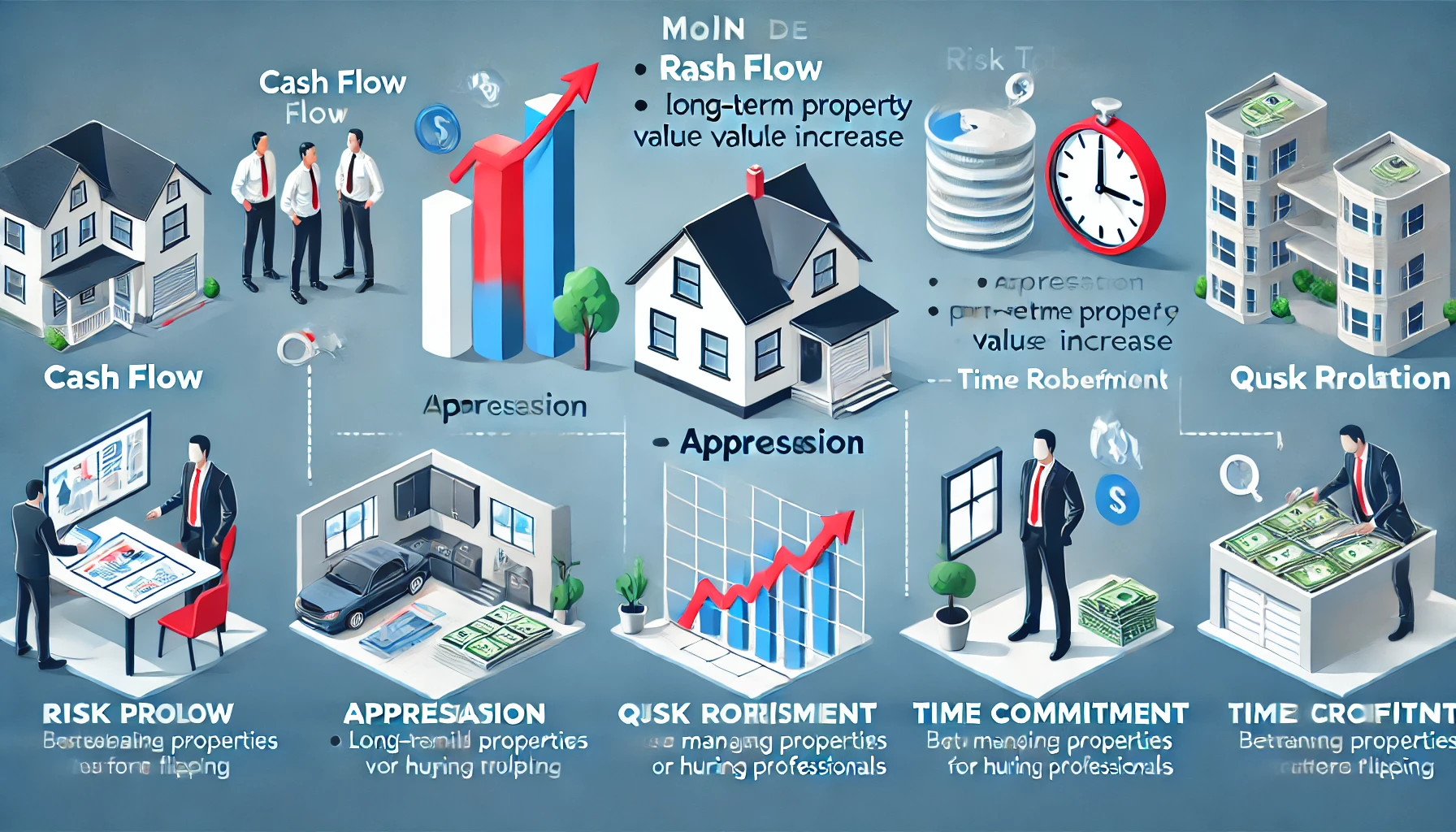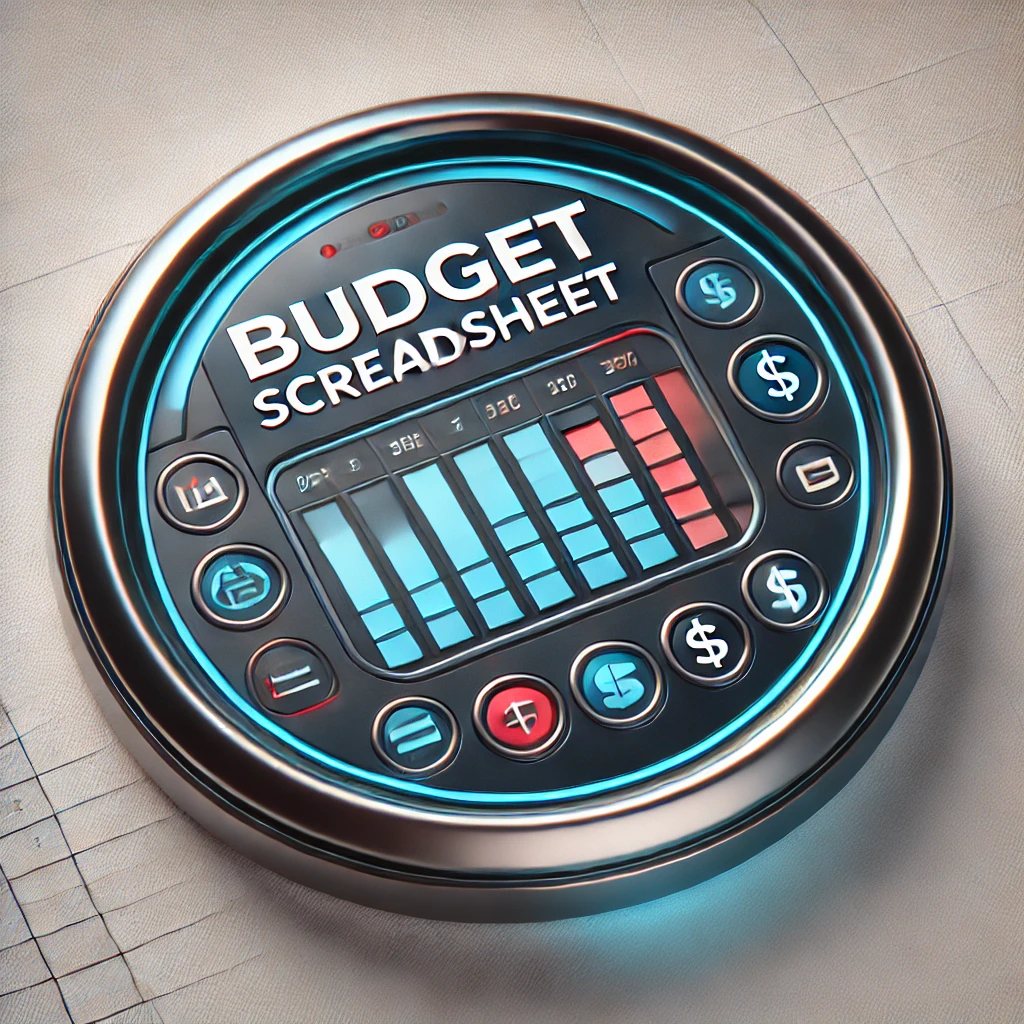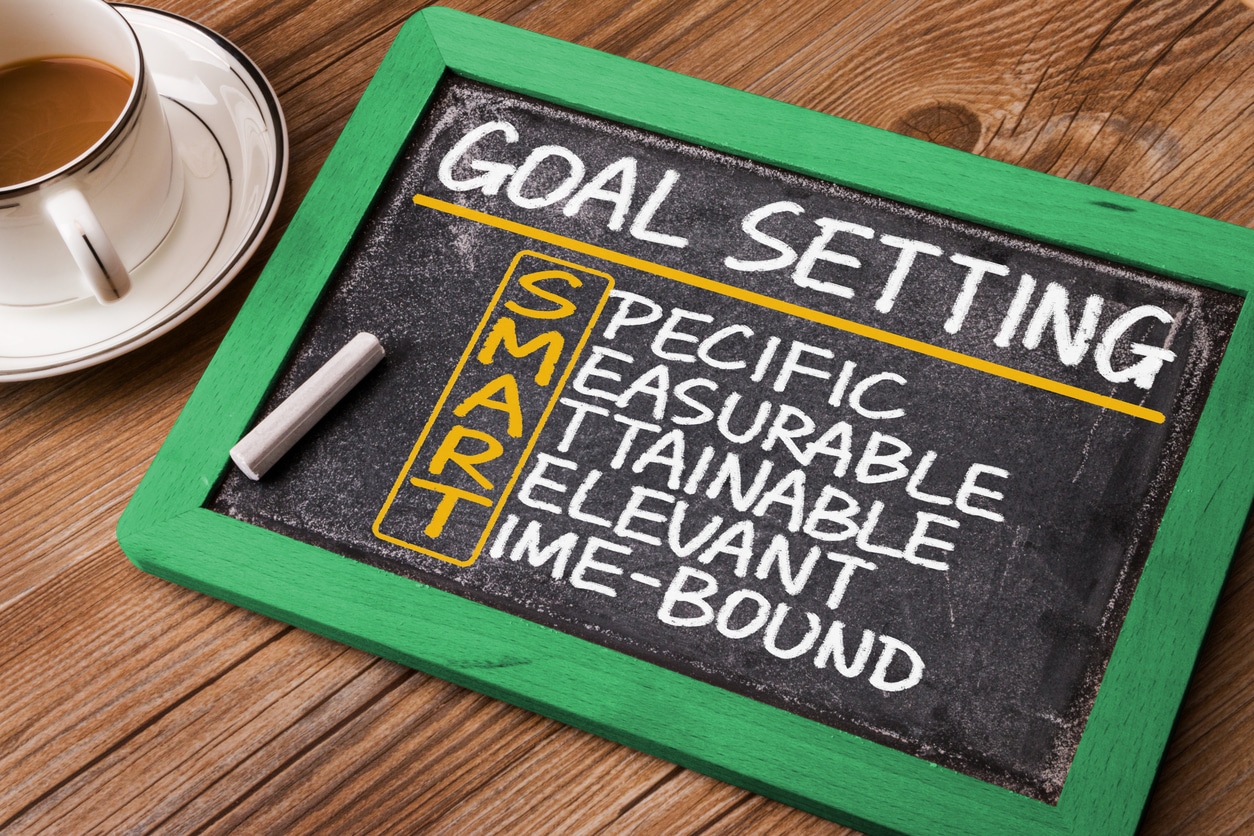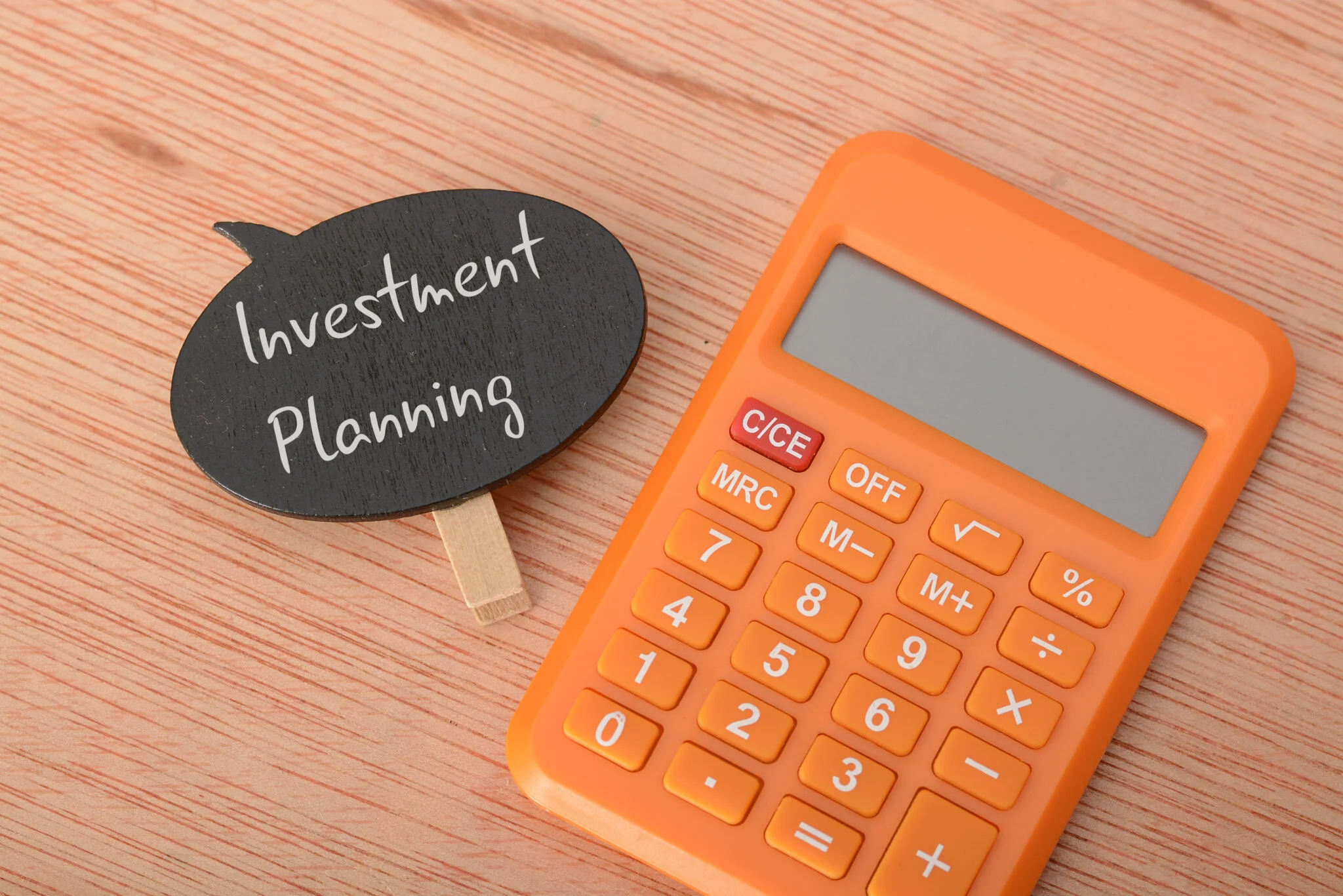Real Estate Investment Goals: A Complete Guide
Setting clear real estate investment goals is the foundation of your success. This detailed, step-by-step guide will help you define your investment strategy, budget requirements, and timeline expectations.
Our dedicated Task Page helps you track progress and stay organized throughout your investment journey!
Step 1: Define Your Real Estate Investment Goals
Clarify Your Investment Objectives
1.Identify Your Investment Style
– Short-Term Gains (Fix-and-Flip): If your main goal is quick profits, you may focus on properties you can renovate and sell for a higher price within a short timeframe.
– Long-Term Passive Income (Rental Properties): If you prefer a steady income stream, consider buying properties to rent out over the long haul. This option often provides monthly cash flow and potential property value appreciation.
– Diversification vs. Full-Scale Business: Decide whether real estate will be one part of your larger investment portfolio or if you want to become a full-time real estate entrepreneur.
2.Assess Your Personal Situation
– Risk Tolerance: Determine how comfortable you are with market fluctuations and potential property issues (vacancies, repairs, etc.).
– Time Commitment: Understand how much time you can devote to managing or overseeing a property. Rentals require ongoing management, whereas fix-and-flips are more hands-on but for a shorter duration.
Why This Matters: Clarity here sets the stage for every other decision—your strategy, financing, property type, and eventual exit plan all flow from your initial objectives.
Determine Your Budget
1.Calculate Initial Investment
– Down Payment: Typically 20% or more of the property price if you are seeking a traditional loan.
– Closing Costs: Can range from 2% to 5% of the loan amount (includes fees for appraisals, title insurance, inspections, etc.).
– Renovation & Repair Funds: If you plan to fix-and-flip or rehab a rental, ensure you have enough to cover improvements.
2.Establish Ongoing Cash Flow Requirements
– Monthly Mortgage Payment: Include loan principal, interest, property taxes, and insurance (PITI).
– Maintenance & Repairs: Estimate at least 1% of the property’s value per year, or more for older properties.
– Vacancy Costs: Budget for 1–2 months of vacancy per year if you plan to rent, or plan for longer if you’re flipping (for holding costs).
3.Check Your Financing Options
– Conventional Loans: Ideal for well-qualified buyers with strong credit.
– Hard Money Loans: Short-term, higher-interest loans often used for flipping.
– Private Investors: Friends, family, or network contacts who may partner or lend money.
Why This Matters: Having a clear budget ensures you don’t overextend yourself. It helps you set realistic expectations about the types of properties you can afford and maintain.
Set a Realistic Timeline
1.Start Date
– Immediate vs. Future: Decide whether you want to buy as soon as possible (e.g., within 3–6 months) or if you’re aiming for a specific time in the future (e.g., 1–2 years).
2.Scaling Your Portfolio
– Number of Properties: How many do you plan to own in the next 5 or 10 years?
– Growth Pace: Will you purchase properties back-to-back, or will you take time between each acquisition to stabilize cash flow?
3.Exit or Milestone Goals
– Flip Timeline: If you’re flipping, how long do you intend to hold the property before selling?
– Refinance Plans: If you’re using the BRRRR (Buy, Rehab, Rent, Refinance, Repeat) method, decide on a timeline for each phase.
Why This Matters: A clear timeline helps you organize your financing, manage renovations, and plan for expansion or exit strategies.
Action Items
1.Write Down Your Short-Term and Long-Term Goals
– Short-Term (1–2 Years): For example, buy one rental property or complete one fix-and-flip project.
– Long-Term (5–10+ Years): For example, own a portfolio of 5+ properties generating passive income to supplement or replace your current income.
2.Speak with a Financial Advisor or Mortgage Professional
– Budget Analysis: Get a professional perspective on how much you can realistically invest and what financing options are best for you.
– Risk Assessment: Understand the potential consequences of leveraging debt, especially in uncertain market conditions.
3.Research Market Conditions
– Local Market Trends: Check property values, rental rates, and overall growth trends in target neighborhoods.
– Economic Indicators: Pay attention to interest rates, job growth, and population trends that can affect property demand.
4.Create a Personalized Timeline
– Map Out Key Milestones: Example: Within 3 months, research neighborhoods. Within 6 months, get pre-approved for a loan. Within 9 months, close on your first deal.
– Set Review Dates: Reassess your goals and timeline quarterly or annually to ensure you’re on track.
Summary
1.Clarify Your Objectives: Decide on the type of investor you want to be (short-term flipper or long-term holder) and understand your personal risk tolerance.
2.Determine Your Budget: Figure out how much money you can invest up front and what you can handle in ongoing expenses.
3.Set a Timeline: Create a realistic plan for how soon you want to invest and how quickly you want to grow.
Having well-defined goals from the outset will guide your property choices, financing methods, and investment strategy. By taking these action items seriously—especially writing down your goals and consulting with professionals—you’ll set yourself up for a smoother investment journey.

